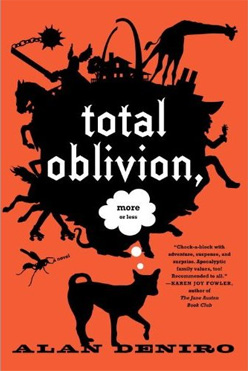The First Apps
A great article on 18th century almanacs as ur-iPhones:
By now, I hope you’ll forgive the ahistorical slip that led me to enlist the iPhone as a way of imagining just how resourceful an early almanac could be. It was so much more than a book. Comparing it to the iPhone helps expand our vision about how an almanac worked and what it could do for its buyers. It wasn’t simply a compendium of reading material. Just as an iPhone connects users to an outside world and provides a feast of tools designed to make our lives easier, the almanac held the same promise. More than that, it was central to early American life and culture because it had so little competition. There was nothing at the local book shop that could do all the things the almanac did.
I don’t mean to suggest that almanacs did not contain anything worth reading. After all, Benjamin Franklin’s most famous parable linking time and money first appeared in the 1758 edition of his Poor Richard’s Almanac. And even if Jeremy Belknap did not consider Dr. Ames’s poetry any good, almanac-makers routinely borrowed material from the great English poets to “decorate” their almanacs. Others, including Ames and Franklin, sprinkled the calendar pages with proverbs and aphorisms.
(via Steve Himmer)




